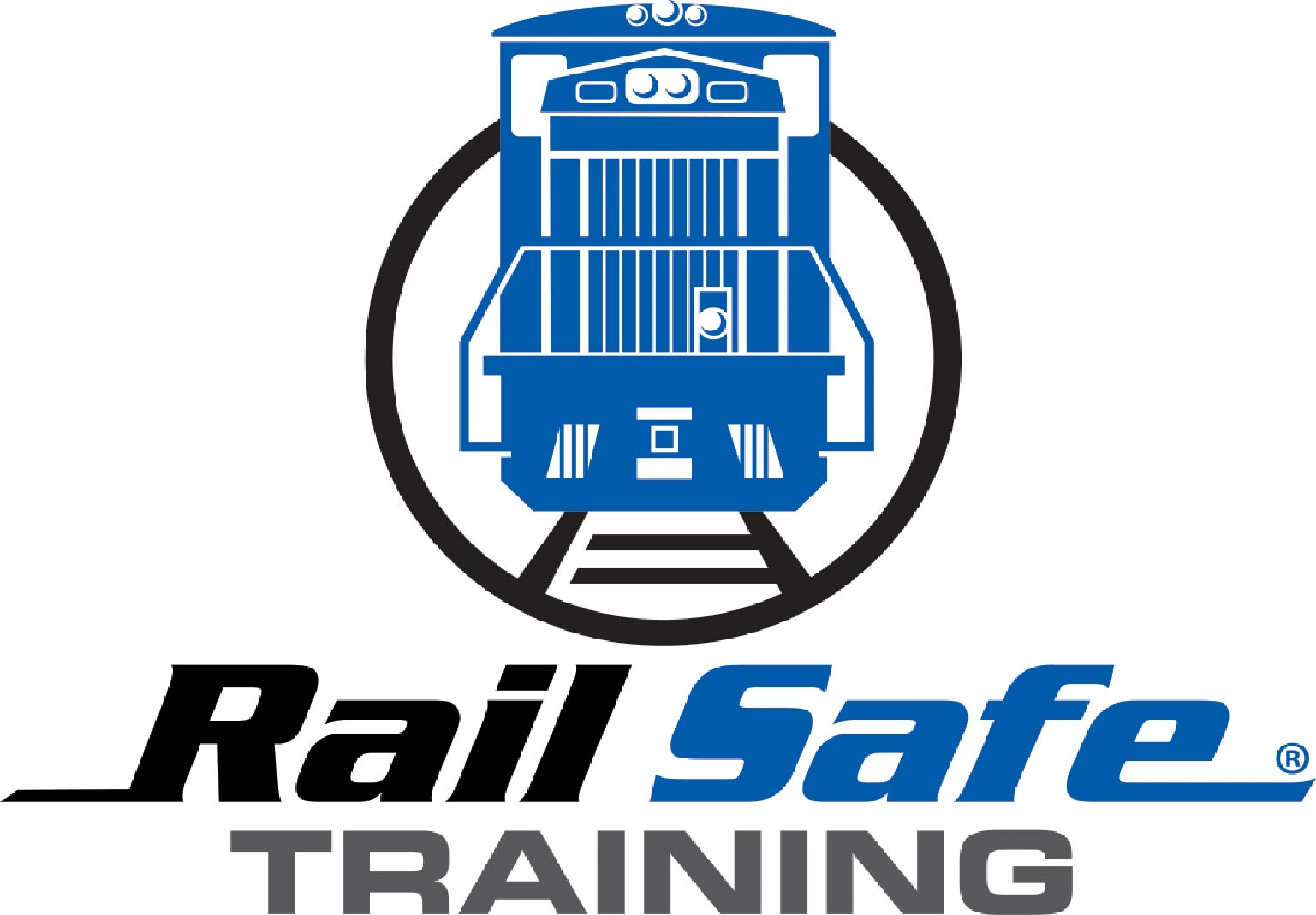If your facility has more than one track, you have at least one switch. A fairly simple device. The handle is interconnected with the points. When the handle is moved the points move, thereby aligning the switch from one track to the other. What could go wrong?
The switch is the most vulnerable part of the rail system because of the moving parts. If the parts don’t line up properly the risk for a derailment goes up. So how do we ensure the switch stays in proper working order.
The first thing needed is to teach the people who operate the switches what to look for and the proper steps when aligning a switch. These instruction will help.
- As you are approaching the switch, look at the switches components. Are there any bent rods? If the connecting rod (the rod from the switch stand to the points) is bent, there is a good chance the switch has damage and may be under tension. The same is true with the switch rods (the rods connecting the switch points). If one or more are bent, the switch may be under tension and there is a good chance the points will not line up properly. Is the switch stand properly secured to the crossties? Are the spikes working their way out? If the switch stand is loose, the points of the switch may very well not fit snugly either.
- Look for any obstruction in the open switch point before attempting to operate the switch. Debris such as rocks, pieces of metal, even tie spikes have a way of making their way into the gap of the switch. Snow in the winter is a constant obstruction to deal with for those in climates prone to snow. Always clean the snow from between the points before operating the switch. Refrain from using your hand to reach into the gap of a switch point. The rail may be very sharp and can produce a nasty cut. Use a switch broom or a stick to remove debris.
- Time to operate the handle. Keep all body parts clear of the handle’s swing path when releasing the handle’s locking dog. If the switch is under tension when the handle is released, it often has enough force to break bones. There have been numerous injuries even death due to mishandling switches. Once you have the handle at the 90 degree point, reposition the feet so you are not twisting your back to seat the handle. Test the switch locking feature by lifting a little on the handle to ensure the locking dog engaged. Replace the securing hook. If your switches do not have securing hooks, we strongly suggest you equip them with hooks.
- Check the point for a tight fit. There should be no gap in the switch point. Even a ¼ inch gap may cause a derailment. Remember, you are looking at the switch not under load. Is that ¼ inch gap growing to ½ inch or more under load? You should actually feel the point making contact with the rail while operating the switch handle. You should feel the contact and added resistance the last 6 to 10 inches of handle travel when operating the switch. If you have a switch that operates in one direction very easily (sloppy feeling) it is time to get it adjusted. The same is true for the switch that will test the strength of the Hulk. If you have to use excessive force to operate the switch, it needs to be adjusted.
